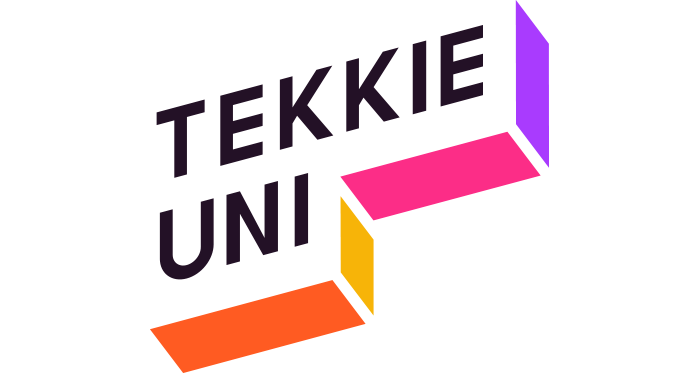How to compare coding for kids courses
During our research on coding courses for kids, we identified two key criteria for parents to consider:
- Utility – by the end of the course, will my child obtain enough knowledge and skills to get a kick-start in the real world?
- Fun factor – does the course create a desire for my child to learn by providing an easy and enjoyable learning experience?
Our rapidly changing world, and particularly the rise of the digital economy, is bit by bit turning computer science and coding from a narrow-focused know-how of a few — to an essential skill set for everyone, even a child. Skills children learn in computer programming may help them develop new ways of thinking and foster problem-solving techniques, that may have a big impact on their future success. Thanks to modern education technologies (“EdTech”) everyone today, at almost any age, can learn to code at school or from the comfort of their room.
A growing interest in the kids’ coding area led to a variety of online interactive platforms, that offer a plenty of online coding courses. Before making a choice on which course is the best for your child, ask yourself:
- Does the company have the technology to not only teach the material but to also make coding fun and attractive for kids?
- Does the company have the tools to keep my child interested and willing to learn something new?
- Finally, ask yourself: What investments do I have to make, in terms of money and time?
Online coding courses for children should follow the ten core principles:
Make coding fun
The course must contain a variety of multimedia elements, such as interactive activities, games, animated features, videos and more. Since the students are young, it is important to choose a course that is reliable, fully-supported by helpful staff, and relate specifically to the way children speak and communicate.
Desire and responsibility
The course must invoke the students' desire to learn, and let them take responsibility for their own education. How can a course do this? One way of doing this —is by giving students the responsibility for something they love and want to create. The course must allow the students to create (by coding) a real project in a field they are most interested in. If a student is aware, that every single lesson they participate in will bring them one step closer to their own app, game, or robot — it should create a true desire to finish the course and achieve an exceptional final product.
A good user experience
The course must use the latest technology and design. Since we are talking about young kids, the course’s creators need to think differently and combine every lesson with elements of surprise. They must create engaging and different experiences, week-after-week, in order to make the learning process fun and meaningful. It is also important to create a kid-friendly navigational system, so students won't get confused while operating the system.
A comfortable pace
The course needs to be adaptable. This means it should be capable of adjusting to children’s capabilities. The course’s pace and assignments should be neither boring nor overwhelming for the youngest students.
Students connection
The course should create a friendly environment, where students feel comfortable, free to interact with each other, and to share ideas as well as thoughts.
Student support
Programming can be difficult, and children may get stuck, being unable to make progress, so it’s important to know that teachers can share their screen or there's an option of private tutoring.
A selection of relevant coding languages & tools
With so many coding languages out there, it is important to check if the course syllabus and academic approach are up-to-date, with the latest trends and tools used by modern professionals in real world.
A structured course
Since the participants are very young, it is important to create a structured course, that takes place on the specific same day, at the same time. Most teachers agree that young children may not be good at the self-paced learning, and they will achieve better results, once they have a regular study routine.
Price
There are lots of free online coding courses, but most of them teach outdated basics and charge for upgrades. If you decide to take advantage of a paid course, it is important to check for a free trial or money-back guarantee.
Focus on Computer Science
Often, companies offer unrelated courses, that have nothing to do with coding itself. It may reduce the impact of the course, so it is important to choose a company, specializing in the specific subject you wish to learn.
In conclusion, when it comes to kids coding courses it is imperative to know your child’s learning patterns and find the best course for him/her.
As you already know, children love to play, so find the course that makes coding to the most fun game ever!
We’ve made it easier for you to choose– check our Comparison Page for the





